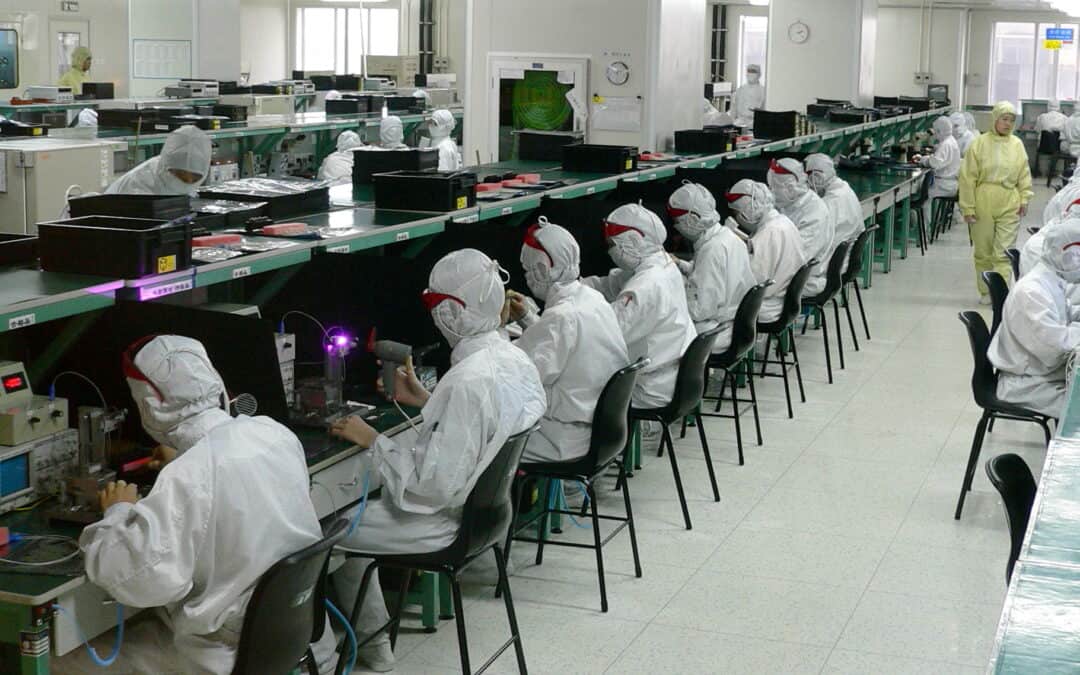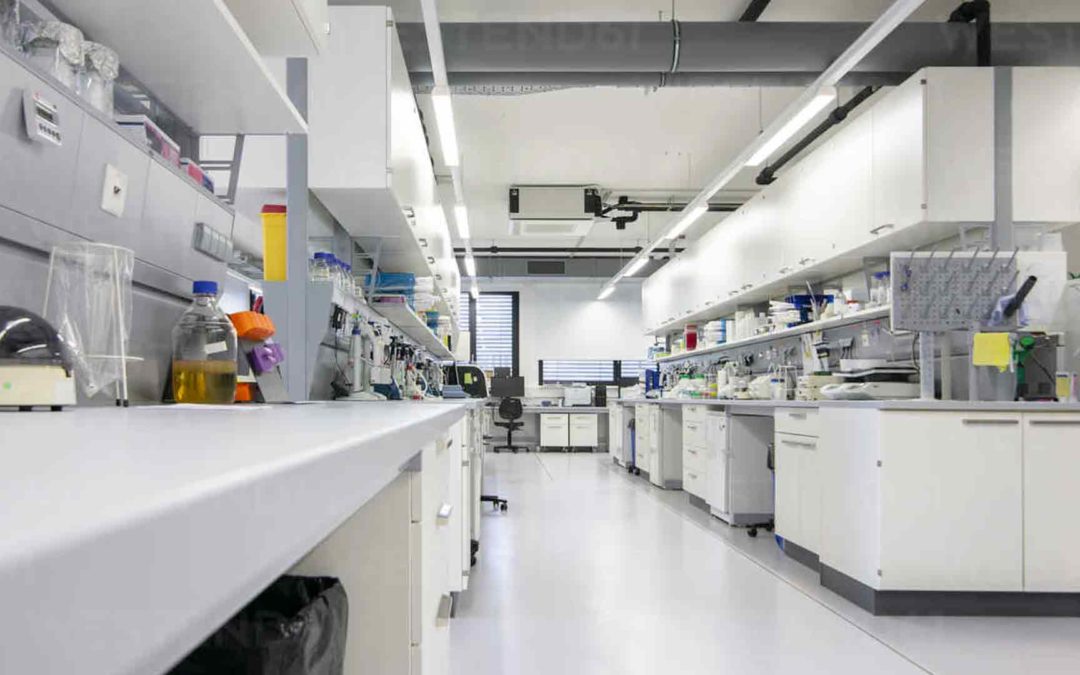Maintaining optimal humidity levels is crucial for any business, as it can impact product quality, building integrity, and employee well-being. Dehumidifiers are essential tools for achieving appropriate moisture levels in various environments. However, not all dehumidifiers are created equal, and choosing the right one for your business is essential. In this article, we’ll explore the different types of dehumidifiers available and help you determine which one is best suited for your needs.
Refrigerant-Based Dehumidifiers
Refrigerant-based dehumidifiers, also known as condensation dehumidifiers, work by cooling the air to remove moisture through condensation. These units consist of a cold evaporator coil, a warm condenser coil, a fan, and a reservoir or drain to collect the condensed water. The moist air is drawn into the unit, cooled by the evaporator coil, and the moisture condenses into liquid water. The dry air is then reheated by the condenser coil before being released back into the room.
Pros:
- Energy-efficient for moderate to high humidity levels
- Suitable for residential, commercial, and some industrial applications
- Quiet operation
Cons:
- May not work efficiently in cold environments
- May struggle to remove moisture in environments with low humidity levels
Desiccant Dehumidifiers
Desiccant dehumidifiers use a moisture-absorbing material, such as silica gel or activated alumina, to remove humidity from the air. The moist air passes through the desiccant material, which absorbs the moisture, and the dry air is then released back into the room. These units are particularly effective in colder environments and environments with lower humidity levels.
Pros:
- Effective in colder environments and low humidity levels
- Can operate at a wider range of temperatures
- Suitable for commercial and industrial applications
Cons:
- May require more frequent maintenance due to desiccant replacement
- Can be less energy-efficient than refrigerant-based dehumidifiers in some situations
Low Grain Refrigerant (LGR) Dehumidifiers
LGR dehumidifiers are a type of refrigerant-based dehumidifier specifically designed to remove moisture at lower humidity levels. These units use a combination of advanced refrigeration technology and enhanced heat exchange systems to achieve superior moisture removal in challenging environments.
Pros:
- Highly efficient at removing moisture in low humidity environments
- Suitable for commercial and industrial applications, especially in water damage restoration and drying processes
Cons:
- Higher initial cost compared to standard refrigerant-based dehumidifiers
- May be less energy-efficient than desiccant dehumidifiers in very cold environments
Conclusion
Selecting the right dehumidifier for your business depends on various factors, including the environment’s temperature, humidity levels, and the specific needs of your industry. At Moisture Cure, we offer a wide range of high-quality commercial and industrial-grade dehumidifiers designed to handle the diverse climate conditions found in Australia. Our team of experts is ready to help you find the perfect humidity control solution for your business. Contact Moisture Cure today to learn more about our products and services.




